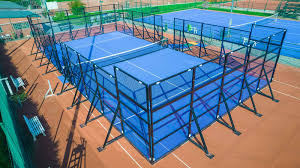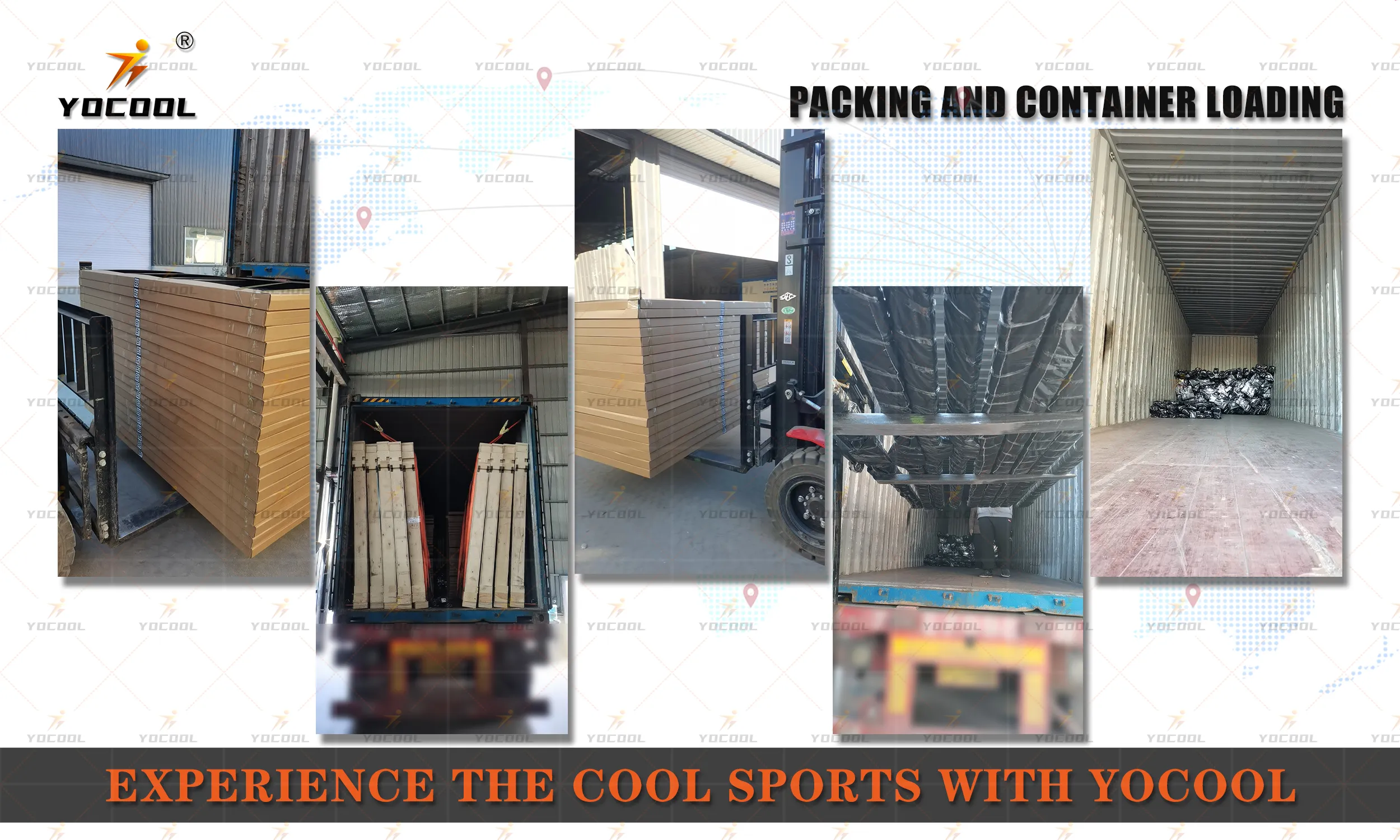Paddle tennis is gaining traction rapidly across the globe, offering enthusiasts a perfect blend of fun, fitness, and social interaction. Unlike its larger counterpart, tennis, paddle tennis courts are smaller, enclosed spaces that deliver a dynamic playing environment, which makes the experience both accessible and exhilarating for players of all ages. Understanding what sets paddle tennis courts apart is essential for players, facility owners, and entrepreneurs interested in capitalizing on this booming sport.

The design of the paddle tennis court is unique and integral to the experience. Smaller than a conventional tennis court, it measures approximately 20x10 meters, surrounded by walls or fencing, which adds an exciting dimension to gameplay. The use of walls not only keeps the ball in play longer, enhancing rallies, but also requires players to adapt their skills, thinking strategically about shot direction and angles. These elements make paddle tennis thrilling and intellectually stimulating compared to other racket sports.
High-quality paddle tennis courts are typically made of synthetic turf or concrete, each offering different advantages depending on play style and maintenance considerations. Synthetic turf is favored for its shock absorption qualities and player comfort, reducing the risk of injuries. It allows for a slower, more controlled game, suitable for players looking to enjoy extended rallies. In contrast, a concrete surface offers a faster-paced game, appealing to players who crave agility and quick reflexes. When choosing a type of court, one must consider the target audience's preferences and the expected level of play.

Creating a paddle tennis facility requires insight into lighting and accessibility. Proper lighting is paramount for ensuring an optimal experience, particularly for evening matches or competitions. LED lights are becoming the standard due to their energy efficiency and ability to mimic daylight, reducing eye strain and enhancing concentration during play. Additionally, ensuring the facility is accessible, with clear pathways and necessary accommodations for people with disabilities, underscores commitment to inclusivity and broadens the market reach.
paddle tennis court
Safety is another aspect of great importance on a paddle tennis court. Ensuring surfaces are non-slip and that the surrounding enclosures are sturdy yet designed to minimize injury risks, is critical. Facility managers should conduct regular safety inspections and maintenance checks, ensuring that all equipment, including nets, balls, and rackets, is up to regulatory standards. This focus on safety not only protects players but also increases trust in the facility, fostering customer loyalty and encouraging repeat visits.
For entrepreneurs and investors, paddle tennis represents a lucrative opportunity. The relatively low setup costs compared to traditional sports facilities, combined with the sport’s growing popularity, make it an attractive investment. Offering additional amenities such as coaching services, equipment rental, pro shops, and refreshment areas can significantly enhance the business model. Creating membership programs and hosting tournaments can also boost revenue while establishing a sense of community among local players.
Marketing a paddle tennis facility effectively is essential to attract players. Emphasizing the uniqueness of the experience, such as the fast-paced nature and the health benefits of playing, makes a compelling case. Engaging in digital marketing strategies, including SEO optimization, social media campaigns, and local partnerships, can broaden the reach. Providing high-quality content related to paddle tennis online, such as how-to videos, player interviews, and tutorial blogs, positions the facility as an authoritative source in the paddle tennis niche.
In summary, paddle tennis courts represent a vibrant and growing segment of the sports industry. By combining strategic facility planning with expert marketing, businesses can not only cater to the current demand but also lay the groundwork for future growth. Through careful consideration of design, safety, and player experience, facilities can establish themselves as premier destinations for paddle tennis enthusiasts of all skill levels.



